We all know that vegetables are good for us and there are literally thousands of studies over decades of research that tell us this. And many of us know that we don’t eat enough of them. Full of antioxidants, phytochemicals, vitamins, minerals and fiber- things your body NEEDS!- vegetables are some of the most nutrient dense foods out there! But what if you don’t like vegetables?
First, you have to WANT to change your eating habits. Just like any other habit, if you don’t have the desire or motivation to change, it won’t happen. So, why might you want to eat more vegetables? Here’s a few simplified reasons:
- Lower risk of cancer
- Lower risk of heart disease
- Lower risk of all-cause mortality (you live longer!)
- Increased risk of being beautiful (yep, there’s a study on that! Plus, lots more out there about what the antioxidants do (best anti-aging trick in the book!))
Surely, at least one of those sounds good to you! I could go on and on about the health benefits of eating move vegetables, but that’s not the point of this blog. I want to tell you HOW to eat more vegetables!
How to increase your vegetable intake when you hate vegetables
Think you don’t like #vegetables? Learn how to love vegetables with these tips! #eattherainbow #saslife Click To TweetExposure!
Start small, and I mean small!
Pick a vegetable that you feel like you should be eating, but don’t like. Then start “exposing” your taste buds to very small quantities, like 1 teaspoon. Yes, really.
Observe the flavor and texture. Try not to just gulp it down. Once you realize you can handle that, then try 2 teaspoons the next day, then 1 tablespoon the next day, and on and on until you are eating a true serving of that vegetable (½ cup cooked or 1 cup raw).
This exposure seems to work the best when done daily. Then repeat this process with another vegetable. Overtime you will likely realize that when you expose your taste buds to these foods enough times you might find that you are not only tolerating them, but you might actually like some of them. And it’s ok if you don’t like everything, the key is to keep trying. This strategy is used in feeding studies with children to help them expand their diets, but it is also very helpful with adults (we’re never too old to learn!).
Make them taste good!
There are so many ways to prepare vegetables. Maybe you were traumatized as a child with boiled cabbage or canned spinach and swore off veggies altogether. I promise they can taste so much better than that! Fresh usually tastes best, but frozen can still taste good. I would avoid canned.
Another tip for finding the tastiest veggies is to visit the farmers market. Vegetables that are not only fresh but are in season and recently picked will have the best flavor (and best nutrient profile). Farmers markets will also typically have heirloom varieties that have been bred for flavor, not shelf stability like some of the grocery store items (I’m looking at you, tomatoes in February!).
Once you select the tastiest veggies, try these cooking tips to maximize their yumminess:
- Try Roasting. Check out these recipes for roasted broccoli and roasted shaved brussels sprouts and bacon and use THIS GUIDE to roasting vegetables of all kinds.
- Season Like a Pro. Utilize herbs, spices and other “flavor agents” to help improve the flavor. Sauté them with garlic and ginger, or curry powder. Kick it up with buffalo sauce or brown butter and pecans. The options are endless!
Change your mindset
It’s amazing how our expectations can convince us of certain things. Simply thinking, “this is going to be gross,” will most likely lead you to the conclusion that it is gross. Sounds silly, but before trying a new vegetable try to clear your mind and have positive expectations and thoughts. It really does help. So, avoid going into every veggie exposure thinking you’re going to hate it.
Add vegetables to everything
It’s not necessarily hiding the vegetables since you are making it and you know they are in there, but it’s merely adding veggies to things you already like.
- Add spinach or kale to smoothies- this is an easy way to add in vegetables without really changing the taste of your smoothie at all! Like one of these green smoothie recipes or this super smoothie recipe.
- Add veggies to your eggs - try adding some spinach, finely diced bell peppers and/or mushrooms to your omelets. If you typically add a little cheese and/or bacon or sausage this will also help to “lessen” the veggie flavor (like this butternut squash sausage frittata).
- Try zucchini noodles – if you have a great marinara sauce you can hardly tell it’s not pasta! Check out THIS blog to learn how to make them yourself. You can also buy them at most grocery stores pre-spiralized.
- Try cauliflower rice – put THIS under your chicken curry or Kung Pao Chicken and you won’t even know you’re eating vegetables!
- Add vegetables to your pasta sauce – greens, bell peppers and mushrooms are all great things to add to a pasta sauce. Finely dice or grate them if you’re really struggling with liking vegetables.
- Put vegetables IN your burgers! – you can add grated or finely diced zucchini, carrots, onions, or bell peppers to ground meats and you won’t even be able to notice! Tip: Cook the veggies first (see recipe below).
All of these accomplish the same goal: eating more vegetables!
Start where you are. If you are eating little to NO vegetables, then adding one serving of vegetables a day would be amazing! If you are eating one serving a day, then adding a second serving of vegetables a day would be amazing! You get the idea.
Challenge yourself to try one new vegetable each week, or every other week if that sounds too scary.
What veggies do you wish you liked?
Beef and Veggie Burgers
Adapted from: ReclaimingYesterday.com
Makes 8 burgers
Ingredients
1.5 pounds grass fed ground beef
2 medium carrots, peeled
2 medium zucchinis
1 small onion
3-4 cloves garlic
¼ cup chopped fresh parsley
½ teaspoon sea salt
Black pepper
2 tablespoons olive oil
Instructions
- Grate carrots, zucchini, and onion into a mixing bowl.
- Mince garlic and finely chop parsley.
- In a medium to large skillet heat 1 Tbsp oil and add garlic, carrots, zucchini, salt, and pepper. Sauté for about 2 minutes, add parsley, and continue to cook for several more minutes until vegetables have softened.
- Spoon the cooked vegetables back into the mixing bowl and let them cool down for a few minutes.
- Add the ground beef and mix to combine and form into patties.
- Add the remaining oil back to the pan and cook patties over medium high heat for 3-4 minutes each side (or grill over medium high heat for 3-4 minutes on each side), until done to your preference.
- Serve on twice cooked sweet potato rounds* or hamburger buns.
*Notes: To make sweet potato rounds microwave a large sweet potato for 3-4 minutes (depending on size), and then slice it into ¼ inch thick rounds. Add to pan that you just used to cook your burgers or grill over medium high heat for 3-4 minutes per side. Delicious!
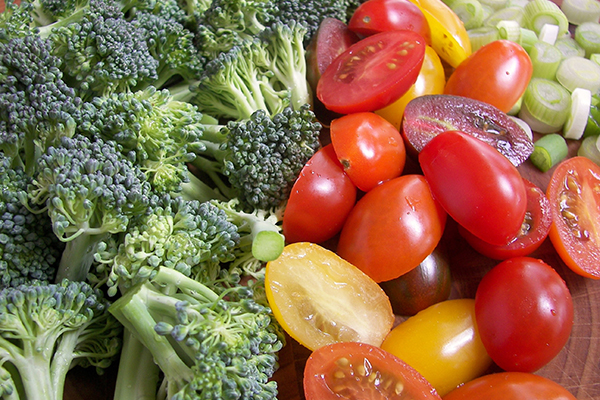
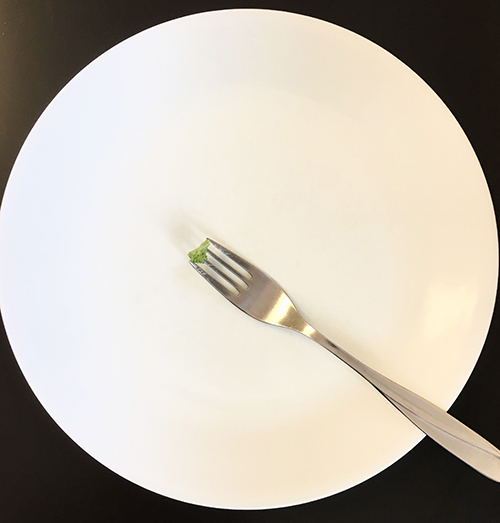
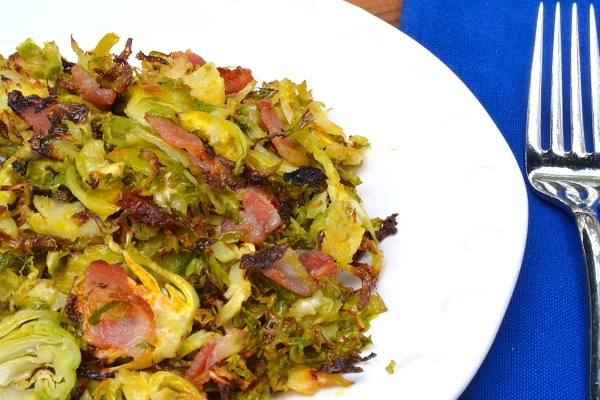
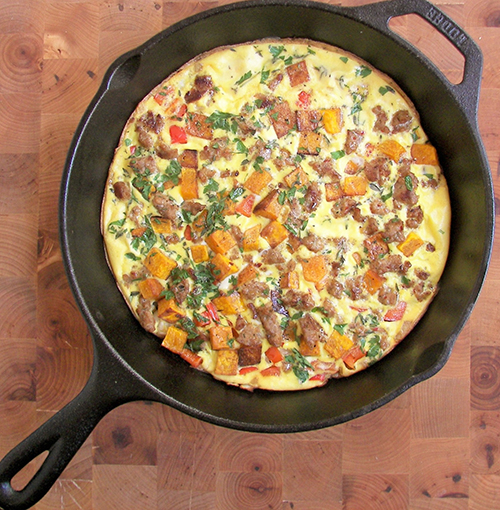
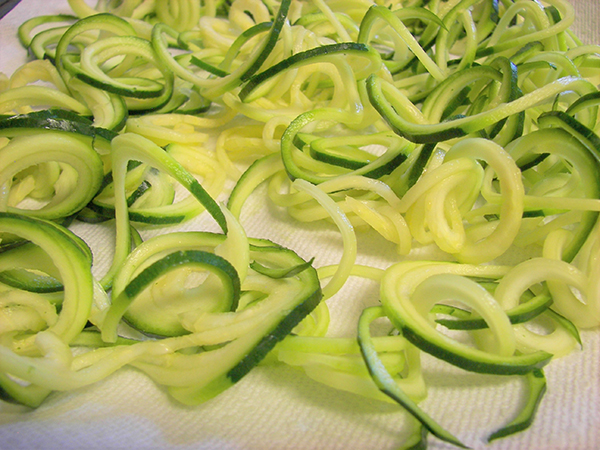
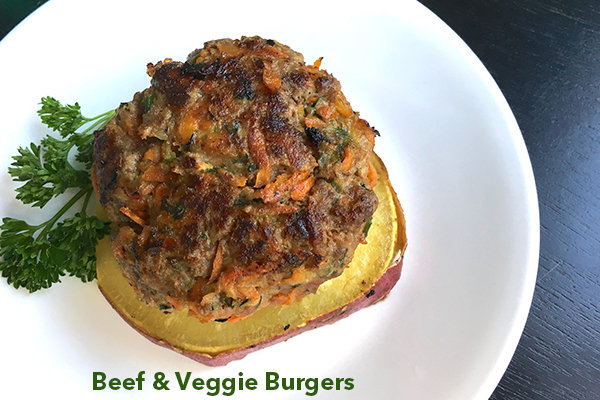
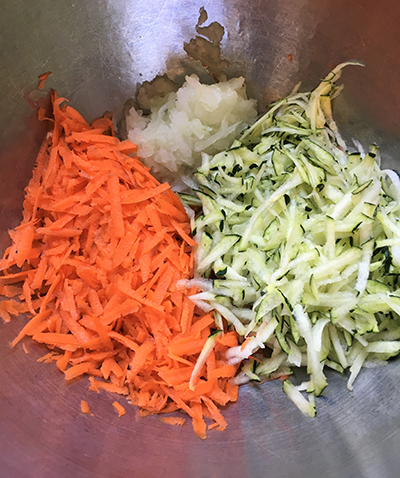
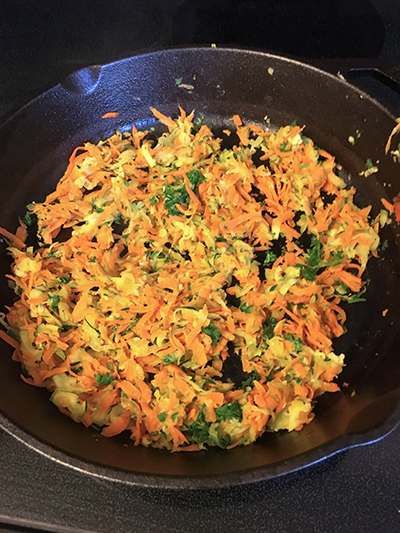
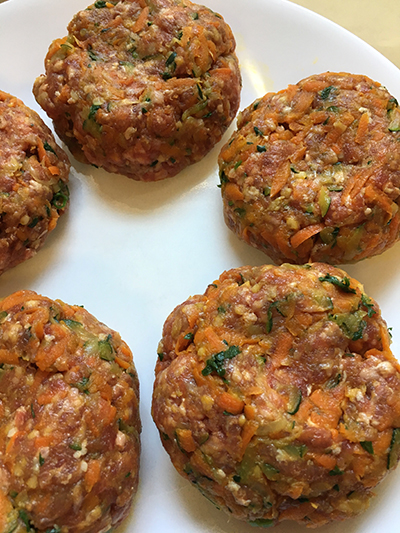
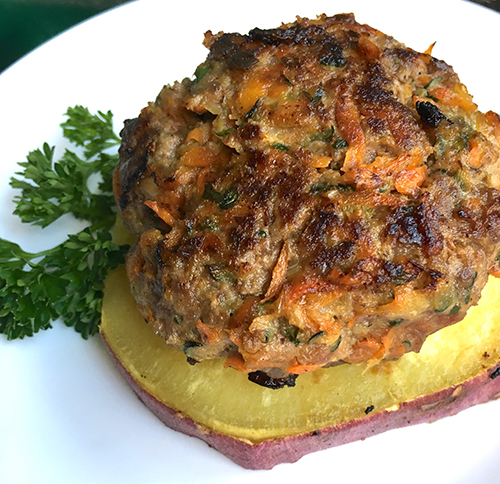

4 Comments
Kelly, this is great and so helpful! I have an adult anti-vegger in my life, and these tips are all very actionable. Love that you included recipes, too. Thank you!
Glad it was helpful!!
I found that putting things is smoothies was the easiest way to start getting daily veggies in. Beets + carrots + banana + almond milk = awesome. Kale and Spinach are also good.
Yes, putting veggies in smoothies is a great way to "sneak" them in. 🙂